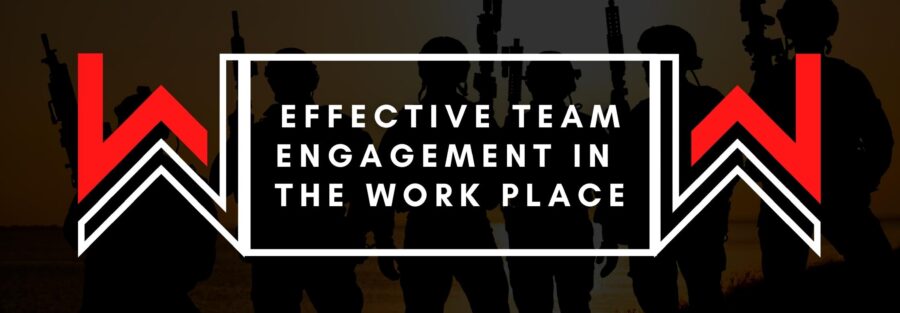Providing feedback and opportunities for growth and development to facilitate on going motivation to your team and employees.
Providing feedback and opportunities for growth and development is an important aspect of engaging team members and building a strong team culture. It helps team members to understand their strengths and areas for improvement, and gives them the chance to develop the skills they need to be successful in their roles.
There are several ways to provide feedback and opportunities for growth and development:
-
Regular performance evaluations: Team leaders can conduct regular performance evaluations to provide team members with feedback on their performance. This can be done through one-on-one meetings, written evaluations, or through a formal performance management process.
-
Ongoing feedback: Team leaders should also provide team members with ongoing feedback throughout the year. This can be done through regular check-ins or informal conversations. This type of feedback allows team members to receive guidance in real-time and make adjustments on the spot.
-
Training and development programs: Team leaders can also provide team members with opportunities for growth and development through training and development programs. This can include things like workshops, seminars, or online courses.
-
Stretch assignments: Team leaders can also provide team members with stretch assignments, which are tasks or projects that are slightly outside of their current skill set. This allows team members to learn new skills and develop their capabilities.
-
Mentoring and coaching: Team leaders can also provide team members with mentoring and coaching opportunities. This can include pairing team members with more experienced colleagues who can provide guidance and support.
It’s important to keep in mind that feedback and opportunities for growth and development should be delivered in a constructive and supportive manner. Feedback should focus on specific behaviors or actions, and should be given in a way that is respectful and supportive.
Opportunities for growth and development should be tailored to the individual team member and their specific needs and goals. Team leaders should work with team members to understand their career aspirations and help them to develop a plan for achieving their goals.
Overall, providing feedback and opportunities for growth and development is an essential aspect of engaging team members and building a strong team culture. It helps team members to understand their strengths and areas for improvement, and gives them the chance to develop the skills they need to be successful in their roles.
Our fellow patrons will receive access to receive tons of helpful things like:
- How to analyze a company and its’ financials to determine whether it’s a good investment
- Exclusive Invite Only Scripts and Coding for TradingView that I use personally and for my hedge fund!
- Fundamental Education & Resources
- Technical Education & Resources
- Weekly Mentorship w/ Lessons (Valued $25,000+)
- Free eBooks and Courses along with other Valuable Resources (Valued $10,000+)
- Access to Q&A’s Daily along with Nightly Sessions
- Learn How to Read the Charts and Candles
- Learn How to Use Technical Analysis
- Learn How to Read Financial Documents
- Random Prizes!
- Network with Others like you!
- And so much more!






